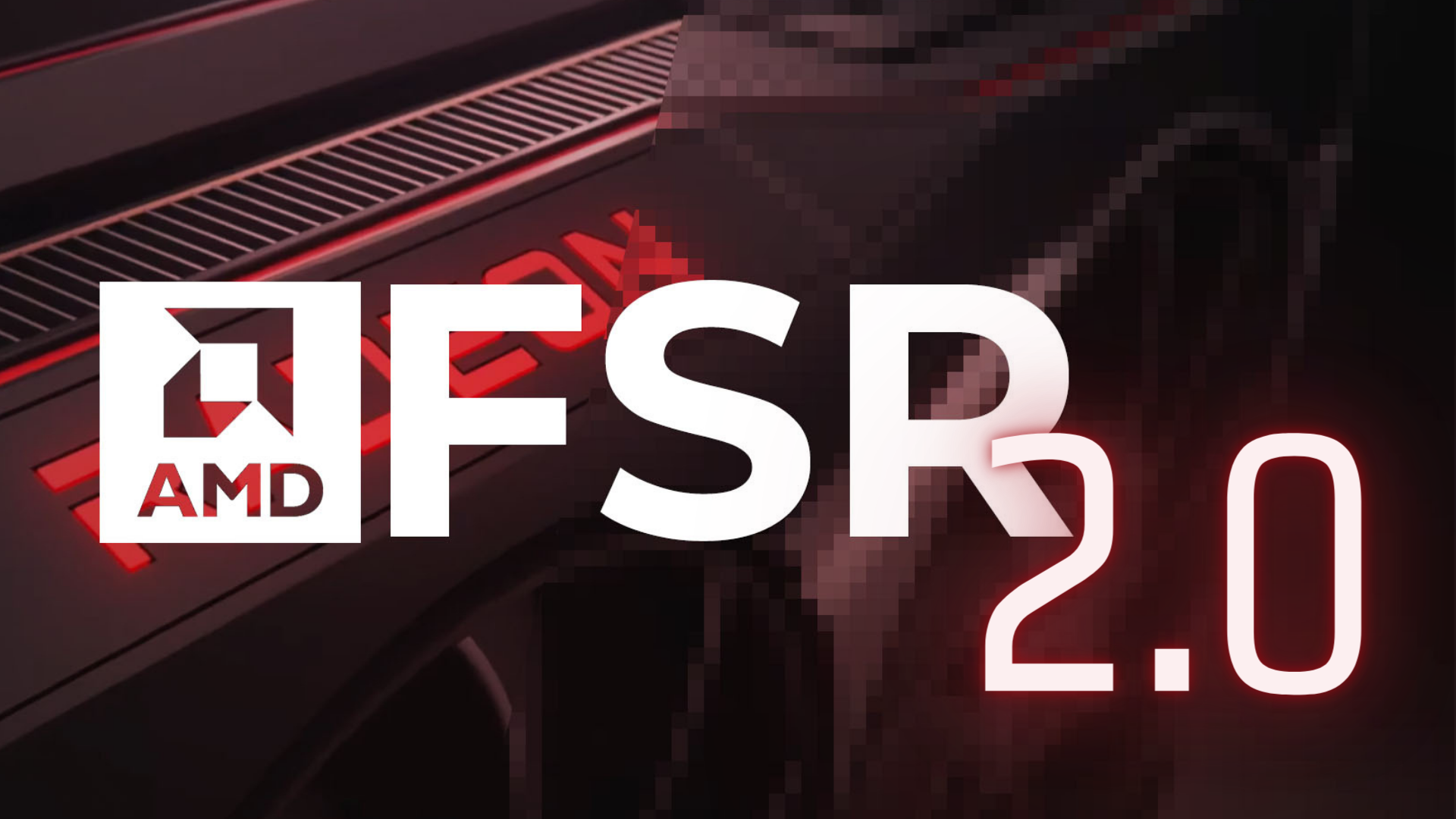
AMD will soon be releasing the company’s newest super-resolution upscaling technology, FidelityFX Super Resolution or FSR 2.0, an AI-algorithmic-less temporal upscale that will go head-to-head with NVIDIA DLSS with Tensor Core technology. NVIDIA’s technology uses AI to enhance the acceleration of the graphics on the user’s system. TechPowerUP uploaded their world premiere review of the new AMD upscale technology, and the reviews sound very promising for gamers.
First AMD FSR ‘FidelityFX Super Resolution’ 2.0 impressions are out, and reviewers cannot tell the difference against DLSS 2.0
The first version of the AMD FidelityFX Super Resolution upscaler incorporated spatial techniques compared to the new 2.0 version, which uses temporal upscaling and integrates motion vectors, among other graphical methods. The benefit of spatial upscaling versus temporal techniques was that the original FSR was easier for game developers to incorporate into their titles. With the new FSR 2.0, the upscaling is more complex and requires developers to note the latest changes, but the company promises the output is worth the time spent.
AMD made sure that the new FSR 2.0 would be open-source that can also work on their competitor’s hardware, as shown in the review from TechPowerUP. The website used NVIDIA’s GeForce RTX 3060 graphics card, a seemingly odd choice for an AMD more upscale test, but there was sound reasoning behind the pick.
The game tested was Deathloop — a title that supports both NVIDIA DLSS and AMD FSR 2.0 upscalers — and produced similar performance numbers for each technology. AMD FSR 2.0 uses performance-enhancing technology instead of improving image quality so that FSR 2.0 can upscale images rendered at fewer resolution ratios.
The reviewer for TechPowerUP is quoted as stating,
“looks amazing, just as good as DLSS 2.0.”
Readers should note that the image quality commented on applies to the Quality mode setting, which can sometimes make AMD’s technology shine over DLSS. Performance mode does show an improvement for DLSS in rich textures and cites that AMD is still lacking in that area. With the output of both technologies being incredibly similar, it will probably boil down to the gamer’s choice of what they want to use for their games and system.
The most extensive argument regarding temporary upscaling technology is that it tends to cause ghosting of images, which is apparent with the current FSR 2.0 tech. However, it improved NVIDIA’s DLSS2 when it was launched. TechPowerUP points out that visual artifacts are more noticeable in DLSS, sometimes taking from the overall gaming experience. Deathloop is the first title to receive the new FSR 2.0 update, but there are another ten games that will see the update in the next few weeks.
Source: TechPowerUP


